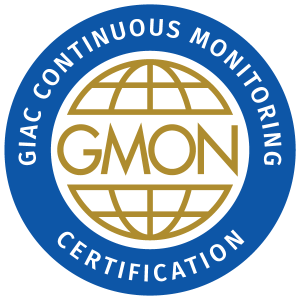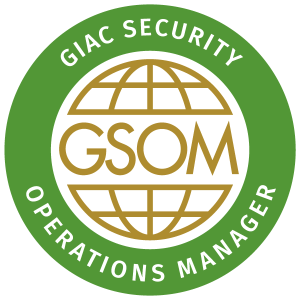
Web Applications are increasingly distributed. What used to be a complex monolithic application hosted on premise has become a distributed set of services incorporating on-premise legacy applications along with interfaces to cloud-hosted and cloud-native components. Because of this coupled with a lack of security knowledge, web applications are exposing sensitive corporate data. Security professionals are asked to provide validated and scalable solutions to secure this content in line with best industry practices using modern web application frameworks. Attending this class will not only raise awareness about common security flaws in modern web applications, but it will also teach students how to recognize and mitigate these flaws early and efficiently. This course offers 20 Hands-On Labs + Defend the Flag Game in Section 6.
SEC522.1: Web Fundamentals and Secure Configurations
SEC522.2: Input-Related Defenses
SEC522.3: Authentication and Authorization
SEC522.4: Web Services and Front-End Security
SEC522.5: APIs and Microservices Security
SEC522.6: DevSecOps and Defending the Flag
SEC522: Application Security: Securing Web Apps, APIs, and Microservices







